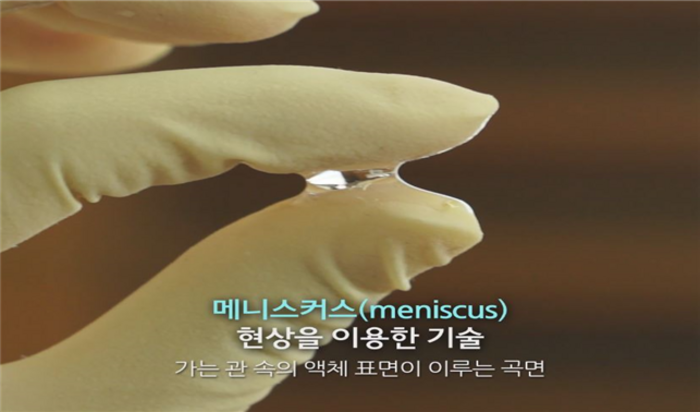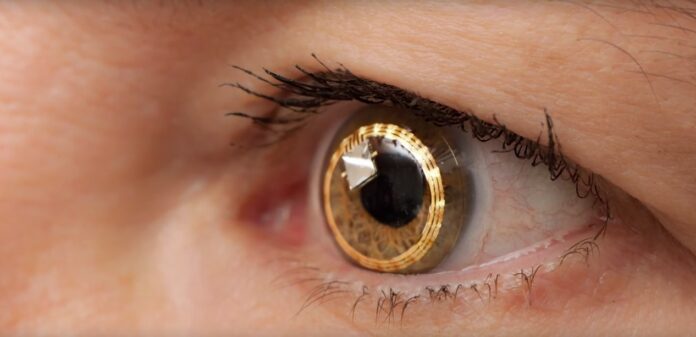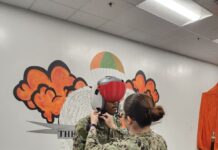A research team from South Korea has explored the use of 3D printing for the fabrication of smart contact lenses that can implement augmented reality (AR)-based navigation. The teams at KERI & Ulsan National Institute of Science and Technology (UNIST) ambition to support diagnostic analyses and treatment of specific diseases.
A smart contact lens is a product attached to the human eye like a normal lens and provides various information. In implementing AR with smart contact lenses, electrochromic displays that can be driven with low power are suitable, and “Pure Prussian Blue” color, with high price competitiveness and quick contrast and transition between colors, is attracting attention as the lens’ material. However, in the past, the color was coated on the substrate in the form of a film using the electric plating method, which limited the production of advanced displays that can express various information (letters, numbers, images).”
The achievement of KERI-UNIST lies in the fact that it is a technology that can realize AR by printing micro-patterns on a lens display using a 3D printer without applying voltage. The key is the Meniscus of used ink. The Meniscus is a phenomenon in which a curved surface is formed on the outer wall without water droplets bursting due to capillary action when water droplets are gently pressed or pulled with a certain pressure.
Prussian blue is crystallized through solvent evaporation in the Meniscus formed between the micronozzle and the substrate. The meniscus of the acidic-ferric-ferricyanide ink is formed on the substrate when the ink-filled micronozzle and substrate come in contact. Heterogeneous crystallization of FeFe(CN)6 occurs on the substrate within the meniscus via spontaneous reactions of the precursor ions (Fe3+ and Fe(CN)3−) at room temperature. Simultaneously, the solvent evaporation is occurred at the meniscus surface. When water evaporates from the meniscus, the water molecules and precursor ions move toward the meniscus surface by convective flow, generating a preferential accumulation of the precursor ions in the outer part of the meniscus. This phenomenon induces the edge-enhanced crystallization of FeFe(CN)6; this is crucial for controlling the factors that influence the crystallization of FeFe(CN)6 in the printing step to obtain uniformly printed PB patterns on a substrate. As with conventional electroplating, the substrate used to have to be a conductor when voltage was applied, but a great advantage of using the meniscus phenomenon is that there is no restriction on the substrate that can be used because crystallization occurs by natural evaporation of the solvent.

Through the precise movement of the nozzle, the crystallization of Prussian blue is continuously performed, thereby forming micro-patterns. Patterns can be formed not only on flat surfaces but also on curved surfaces. The research team’s micro-pattern technology is very fine (7.2 micrometers) that can be applied to smart contact lens displays for AR, and the color is continuous and uniform.
The main expected application area is navigation. Simply by wearing a lens, navigation unfolds in front of a person’s eyes through AR. Games such as the popular ‘Pokemon Go’ can also be enjoyed with smart contact lenses, not smartphones. Here is the full research.
Remember, you can post job opportunities in the AM Industry on 3D ADEPT Media free of charge or look for a job via our job board. Make sure to follow us on our social networks and subscribe to our weekly newsletter : Facebook, Twitter, LinkedIn & Instagram ! If you want to be featured in the next issue of our digital magazine or if you hear a story that needs to be heard, make sure to send it to contact@3dadept.com






